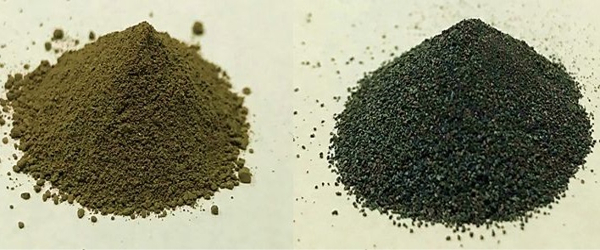Scientists from China claim in the journal Joule on May 5 that soil on the moon contains active molecules that can transform carbon dioxide into oxygen and energy. They are currently investigating if lunar resources may be exploited to aid human exploration of the moon and beyond.
Yingfang Yao and Zhigang Zou of Nanjing University seek to build a system that takes advantage of lunar dirt and solar radiation, the two most abundant resources on the moon. Their team discovered elements in the lunar soil returned back by China’s Chang’e 5 spacecraft, including iron-rich and titanium-rich components, that might act as a catalyst to produce desired products such as oxygen using sunlight and carbon dioxide.
Our research has concentrated on the extraction of oxygen, which is an important example of in-situ resource usage that will directly assist early human presence on the Moon. This is due to the oxygen necessary to burn the fuel being one of the major ingredients in any rocket. Locally produced oxygen for rocket propulsion has the highest cost and mass savings of any in-situ resource.
We use in-situ environmental resources to minimize rocket payload, and our strategy provides a scenario for a sustainable and affordable extraterrestrial living environment.
Yingfang Yao
There is no free oxygen in the samples returned by the six Apollo and three Luna missions, nor is there any water, ice, or water-bearing minerals. However, all lunar rock and soil contain roughly 45 wt percent oxygen, which is mixed with metals or nonmetals to produce oxides. If thermal, electrical, or chemical energy is used to disrupt the chemical bonds, this oxygen can be removed. Over twenty different methods have been proposed for oxygen extraction on the Moon.
Based on their findings, the researchers proposed a “extraterrestrial photosynthesis” technique. The system primarily employs lunar soil to electrolyze water taken from the moon and in astronauts’ breathing exhaust into oxygen and hydrogen-fueled by sunlight. Carbon dioxide exhaled by moon dwellers is also collected and mixed with hydrogen produced by water electrolysis during a hydrogenation process catalyzed by the lunar soil.
The process produces hydrocarbons like methane, which can be utilized as fuel. According to the researchers, the technique employs just sunlight to produce a number of useful goods including as water, oxygen, and fuel that may support life on a moonbase. The team is searching for a chance to test the technology in space, most likely as part of China’s future crewed lunar expeditions.
“We use in-situ environmental resources to minimize rocket payload, and our strategy provides a scenario for a sustainable and affordable extraterrestrial living environment,” Yao says.

While the catalytic efficiency of lunar soil is less than catalysts available on Earth, Yao says the team is testing different approaches to improving the design, such as melting the lunar soil into a nanostructured high-entropy material, which is a better catalyst.
The reduction of lunar soil with hydrogen is the most well-documented series of reactions proposed for the generation of oxygen on the moon. Gibson and Knudsen investigated this mechanism in the early 1990s, utilizing lunar dirt returned by the Apollo missions. From these research it was established that the principal ingredient of the lunar soil that is decreased is ilmenite (FeTiO3) (FeTiO3). The FeO was entirely reduced during the ilmenite reduction, providing solid iron and TiO2. One advantage of adopting this procedure is that the solid by-products can be used as building materials after further processing.
Previously, scientists hypothesized a variety of extraterrestrial survival tactics. However, most designs necessitate the use of terrestrial energy sources. For example, NASA’s Perseverance Mars rover brought an equipment that can convert carbon dioxide in the planet’s atmosphere to oxygen, but it is fueled by an onboard nuclear battery.
“In the foreseeable future, we will see the crewed spaceflight sector increasing fast,” says Yao. “Just like the ‘Age of Sail’ in the 1600s when hundreds of ships went to the sea, we shall enter a ‘Age of Space.’ However, if we want to conduct large-scale exploration of the extraterrestrial realm, we will need to consider measures to reduce payload, which means relying on as little supplies from Earth as possible and instead relying on extraterrestrial supplies.”
















